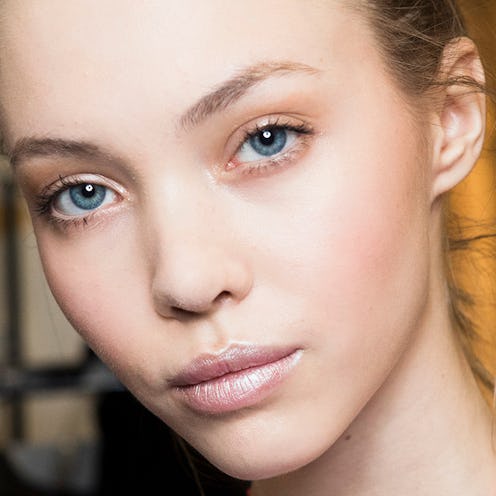If you’re anything like us, you slather on at least four products on your face every morning and night. It’s not only a soothing ritual but also dermatologist-approved, as layering your skincare products traps active ingredients onto the skin, so they work even better. But, before you channel your inner mad scientist, you need to know that some combinations do not play well together. Below are five skincare ingredients that leading industry experts never want you to combine. Consider yourself warned.
Vitamin C + Retinol
Combining this duo is a recipe for disaster since "each active ingredient has a different purpose and using these highly concentrated ingredients causes irritation and won't treat the skin properly,"says celebrity esthetician Renee Rouleau. "Plus a vitamin C serum is best used in the morning when your skin needs antioxidant defense, and a retinol should always be used in the evening when the skin is repairing itself."
Retinol+ Retinol
At the risk of being redundant, we're going to emphasize the importance of never layering retinol on top of another retinol-based product because it will severely inflame the skin, especially around the delicate under-eye area. So, if your eye cream contains retinol do not use a retinol serum after and vice versa.
Vitamin C + AHAs & BHAs
Products with vitamin C are formulated with a lower pH level, which ensures their effectivness. So, using them with acidic ingredients like glycolic or salicylic acid can alter their pH, which not only reduces the strength of the vitamin C but can lead to peeling and irritation, explains chief curator and co-founder of Soko Glam Charlotte Cho.
Retinol + AHAs & BHAs
"Retinol stimulates cell turnover and generates new collagen from deep within the skin, while acids work to exfoliate on the surface. These products have amazing benefits, but using them together can be too irritating and will deactivate the ingredients," shares Renee. To reap the benefits and not aggravate your skin, stick to one or the other. If you do mix them by mistake, take an aspirin and apply cortisone cream to soothe the skin.
Benzoyl Peroxide + Retinol
If you are wondering why your face is still dotted with breakouts, it's probably because you are combining retinol and benzoyl peroxide, which cancel each other out. "Side effects include flaking, redness, increased pigment and burning of the skin," states Renee. “Always keep the two separate to prevent damaging your skin,” explains Charlotte.
